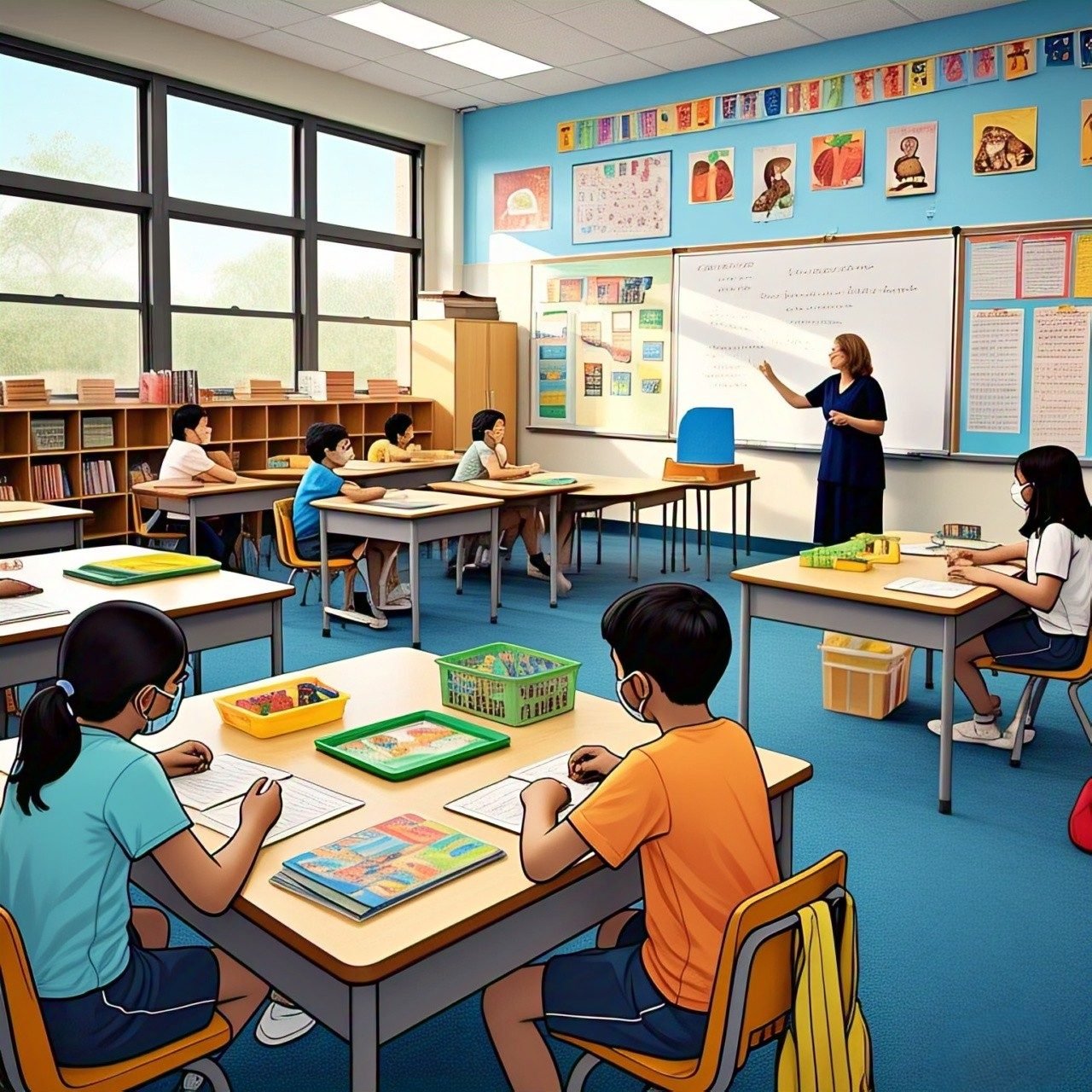The Primary School Leaving Examination (PSLE) is one of the most important academic milestones for every child. It marks the end of primary education and plays a key role in determining which secondary school a student can join. Over the years, the assessment system has evolved to better support learning and reduce stress among students. One of the major changes introduced recently is the AL system for PSLE, which has replaced the older T-score format.
This article will help you understand how the new PSLE scoring system works, how to prepare effectively, and what the changes mean for students and parents alike.
What is the PSLE All About?
The PSLE is taken by all Primary 6 students at the end of their primary school journey. It assesses students’ abilities in four main subjects—English, Mathematics, Science, and Mother Tongue. The results of this exam are used for admission into secondary schools.
Previously, the T-score system compared students’ scores with others in the same cohort, which caused unnecessary stress. Now, the Achievement Level (AL) system provides a more personal and student-focused evaluation.
A Shift to the AL System
The new AL PSLE format stands for “Achievement Level” and uses a scoring scale from AL1 to AL8. Instead of comparing students to their peers, it now grades each subject based on individual performance. For instance, scoring between 90–100 in a subject earns an AL1, while a score between 45–49 results in an AL6. This way, students are assessed on how well they understand their subjects, not how they rank among others.
Here’s where your child’s overall PSLE score comes into play. Each subject is assigned an AL, and these four scores are then added together to calculate the final result. For example, if a student scores AL2 in English, AL1 in Math, AL3 in Science, and AL2 in Mother Tongue, their total score would be 8 (2 + 1 + 3 + 2).
This total PSLE score is used during secondary school placement. The lower the score, the better the placement opportunities.
Understanding the Importance of Subjects
All four PSLE subjects are equally important. Each one carries its own AL score, and no subject is given more weight than another. It is important that students balance their time between English, Math, Science, and Mother Tongue. A weak performance in one subject can raise the overall PSLE score, so focusing on all areas is essential.
How to Prepare for the AL PSLE
Preparation for the new AL PSLE format should focus on clarity and consistent revision. Students need to:
-
Practice exam-style questions
-
Learn how to manage time during exams
-
Focus on concepts, not just answers
-
Understand the marking criteria for each subject
Tutors and teachers often advise parents to help students set small, achievable goals. This can build confidence over time. The PSLE score is just one number—but it reflects months of hard work and steady improvement.
AL PSLE and Secondary School Placement
Once results are out, students use their PSLE score to apply for secondary school. Each school has its own range of entry scores based on past years’ results. Students with similar scores will be considered together, and other factors like school choices and citizenship status can also play a part.
Although the AL PSLE system reduces excessive competition, school placements remain a key concern for many families. That’s why understanding how scores are calculated and how to prepare for each subject is so important.
Supporting Your Child During PSLE
Emotional and mental support is just as important as academic guidance. Children facing the PSLE may feel pressure, especially if they don’t fully understand the AL PSLE system or fear getting a high PSLE score. As a parent, being calm, encouraging, and involved in the learning process can make a big difference.
Let your child know that PSLE is important, but not everything. It’s one step in a longer journey. Celebrate effort, not just results.
Conclusion
The AL PSLE system has reshaped how primary school students in Singapore are assessed. It promotes learning at one’s own pace and provides a clearer, fairer way of understanding performance. By focusing on individual achievement rather than competition, the new method helps students gain confidence and enjoy learning.
Remember, your child’s PSLE score does not define them. It is simply one tool among many to guide them toward the next step in their education journey. With the right support and mindset, every student can succeed.

